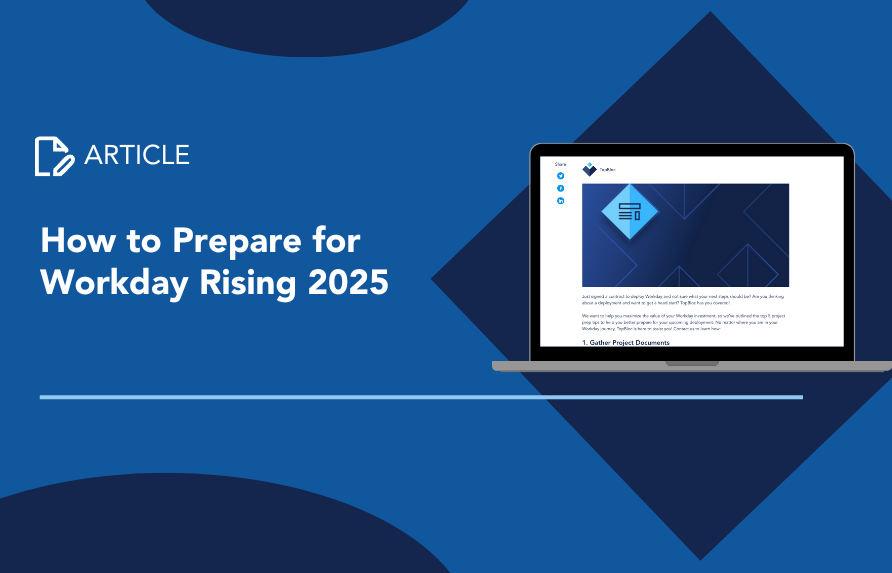
Every CIO has been there—fighting fires one moment, mapping out a three-year technology roadmap the next. The pressure to deliver immediate results while preparing for the future is a constant balancing act.
A colleague recently put it this way:
“Hi Brett, I was thinking about your knack for turning around IT departments. It’s rare to see someone consistently drive those kinds of results—like boosting uptime by 200% or reducing inventory by $16M/month! Quick question: how do you balance immediate fixes with building long-term, scalable IT roadmaps? Seems like an art you’ve mastered.”
It’s a great question—and one that gets to the heart of what makes IT leadership both challenging and rewarding. In my experience, the key is to deliver quick wins that stabilize operations while laying the foundation for sustainable transformation.
1. Start with Stabilization, Not Just Speed
When stepping into an organization in distress, the first priority is to identify and address the most critical pain points. This not only restores confidence but also gives you insight into how the business really operates.
Example: At one company, network disruptions were so common that employees stopped reporting them. Once we implemented a simple issue-tracking process, we identified the root cause and eliminated the outages entirely—boosting productivity by 12% in the first quarter.
2. Build Scalability into Every Fix
Even short-term solutions should align with your long-term vision. A quick fix that ignores scalability will only add to technical debt.
Example: If your team is stuck with double data entry between systems, a short-term solution might be an automated import/export process. But the insight gained should feed into a broader ERP integration—like leveraging Workday’s unified platform to eliminate redundancies permanently.
3. Get Out of the IT Office and Into the Business
Technology decisions without business context often miss the mark. I make it a habit to walk the floor, talk with teams, and see processes firsthand. Many inefficiencies exist simply because “that’s how it’s always been done.”
In one case, shadowing a finance team revealed manual steps that Workday could automate with configurable business processes—saving over 200 labor hours per month.
4. Let Data Drive, Not Gut Feel
Track everything—even minor issues. Data reveals patterns that help you prioritize both urgent fixes and strategic investments.
Example: Logging all service desk tickets helped uncover a recurring integration failure between HR and payroll systems. The fix was straightforward, but the long-term solution was aligning the data architecture during a Workday HCM and Payroll deployment—removing the problem permanently.
The Risk of Ignoring Either Side
Neglect the short term, and you lose trust when systems keep breaking. Neglect the long term, and you end up with a patchwork of quick fixes that collapse under scale. The sweet spot is delivering immediate results while reinforcing a scalable, future-ready foundation.
Key Takeaways
- Stabilize first to earn credibility and buy breathing room.
- Bake scalability into every quick fix to avoid rework.
- Engage with the business to uncover the real “why” behind processes.
- Let metrics guide priorities for both fixes and roadmap decisions.
At the end of the day, balancing quick wins and long-term strategy is about credibility, vision, and execution. Deliver enough short-term value to get stakeholders leaning in—then use that momentum to drive lasting transformation.
How do you strike this balance in your organization? Share your approach in the comments or reach out—I’d love to compare notes.

Brett Fahrner, VP of Customer Experience, Office of the CIO
Brett Fahrner, a veteran CIO with over 22 years of experience, has led IT teams across multiple industries, guiding leadership in building enterprise technology stacks that drive growth. He has implemented enterprise systems, overseen international M&A transactions, and managed technology through periods of rapid expansion. Brett’s expertise helps organizations navigate transformation with the right technology strategy.


